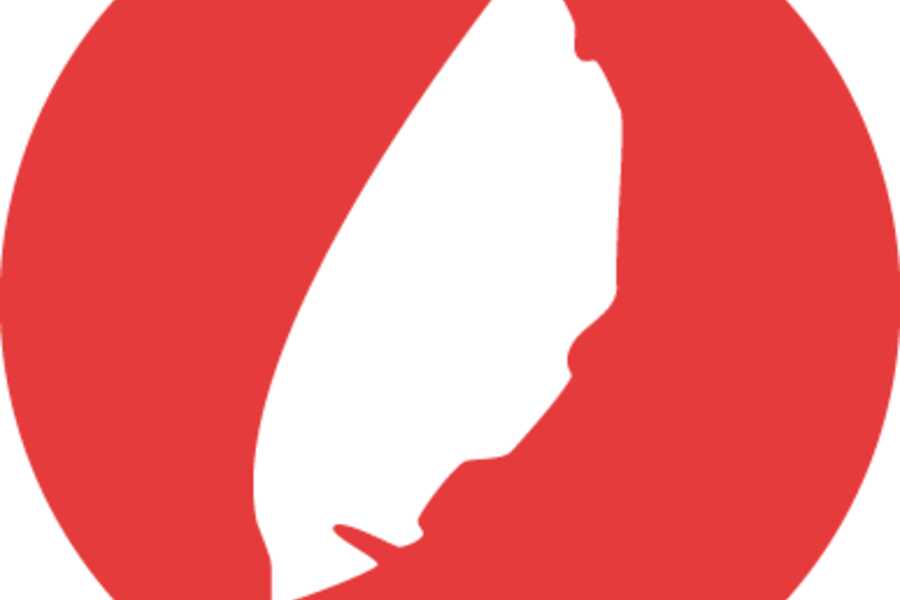After spending nearly a week on Texel, many conclusions can be drawn related to the Health, Happiness and Well-being sub-system's research and the design worked during the previous weeks. The researchers were surprised of the many different initiatives related to sustainability already present in the island. Consequently, many of these initiatives which hadn't been found previously became part of the research. The preliminary research and the design were led by the following research questions:
How to design a sustainable lifestyle for Texelaars that promotes happiness, health and well-being with behaviours not only appealing to the inhabitants of the island but also to its visitors?
How to measure the achievement of sustainable happiness on the island?
How to empower Texelaars to become the driving force of the sustainability transition on the island?
Since the subsystem focuses on people, the key to its success do not lie in any technological solution, but in the values of the inhabitants of Texel and in implementing proper strategy to measure and guide the impact of sustainable initiatives on the living of people in the island. The most relevant research question turned out to be the one related to measuring sustainable happiness on the island, as it was a crucial step in identifying the current issues related to sustainable life quality standards and sustainable values in the island. Moreover, the concept of the Happy Planet Index was discovered and adopted to measure sustainable happiness on Texel. Then, the Happy Texel Index was created and its implementation prioritized in order to reach the future desirable state of the entire system.
Using the Happy Texel Index, it was possible to map the current level of sustainability values related to the actual lifestyles of Texelaars. By measuring the values in current system with a survey, it was possible to form a clear image of the Texelaar and the sources of unsustainabilities in their behaviors. Moreover, it was possible to identify areas of dissatisfaction that could be prioritized by the municipality to improve the life satisfaction on the island. Fact becoming a critical point to give directions on how to design a sustainable lifestyle for Texelaars and improve on their current lifestyle and values. Just a direction was given as researchers believe that inhabitants need to feel empowered towards designing their own sustainable lifestyle by mixing their own individual needs, so no recipe can be prescribed on this matter.
After analyzing the data available, the Happy Texel Index read 50, value above the national media of 43.1, but still far from the ideal of 89. The exploratory research also provided clear ideas on which values needed to be improved and the current state of Texel's socio technical subsystem. These values are quite similar to the values researched during the first weeks, but now divided they are classified into clear sustainability criteria. Looking back at the preliminary research, the exploratory research performed on Texel confirmed the assumptions used for the previous design and provided new insights on challenges to face during the transition. These new insights helped to find a possible place for the Happy Texel Index (HTI) to be implemented, and they provided directions on how the HTI would contribute to the overall system and the sustainable transition of Texel.
Finally, facing the challenge of giving a direction on how to guide the change the values of Texelaars towards the proposed as more sustainable ones was the crucial step towards successfully rounding up the research and the report. Furthermore, combining these new sustainable values with the Happy Texel Index, the Texelaar have the tools to pursue a more sustainable lifestyle, next to which they would be more involved with finding solutions to all problems related to sustainability on Texel. To aid the development of these solutions, the Jut platform, what was referred to as empowerment platform in the preliminary proposal, is the connection of the knowledge Route, and the waste and water cycles with the answer to the question of how the Texelaars can be empowered to become the driving force of sustainability on Texel. By assuming a moderating role from within the Jut platform to the HTI, the index will help to shape and to guide the entire transition towards a more sustainable future.
Recommendations
- For the HTI to accurately guide the sustainable transition of Texel, the index should be measured properly by the Innovation Center (JUT) themselves. However, in order to start the transition, it is necessary to execute research to measure properly the current state of the island as the results presented in this report were preliminary and based on estimations and a small sample of the population. Later on, it would be advised to continue the measurement periodically. Moreover, it would be good to measure the difference in the index between seasons to have an idea of the impact f tourism on the well-being of the island.
- Since the HTI can also assume a guiding role directly connected to the inhabitants of Texel, the index should also be made accessible to the inhabitants. Media such as the internet would serve in providing this information in an accessible fashion.


